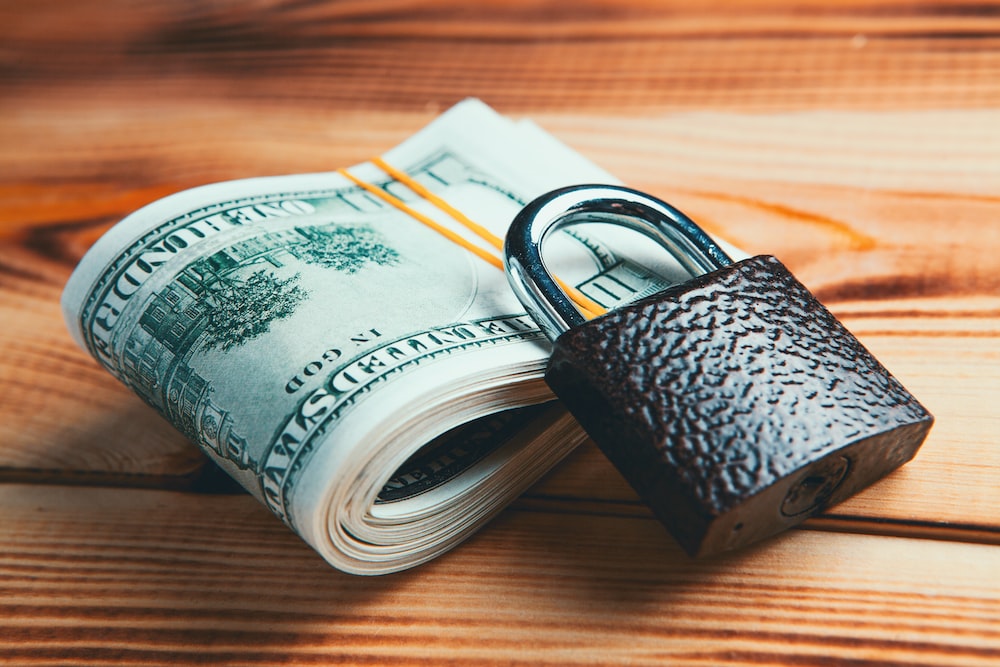Welcome to this comprehensive guide on how to save money on everyday expenses from Royking Niba. In today’s fast-paced world, managing your daily spending is a critical part of achieving financial stability and long-term goals. Whether you’re new to budgeting or seeking advanced strategies to reduce costs, this article has you covered.
Creating a Budget
Creating a budget is the cornerstone of effective expense management. It helps you gain control of your finances and make informed spending decisions. Here’s how to get started:
| Step 1: | Calculate your total monthly income, including salary, bonuses, and any other sources of earnings. |
| Step 2: | List your fixed expenses, such as rent or mortgage payments, utilities, and loan payments. |
| Step 3: | Identify variable expenses, like groceries, dining out, and entertainment. |
| Step 4: | Set clear financial goals, such as saving for emergencies, retirement, or a vacation. |
Creating a budget provides a roadmap for your finances, ensuring that your spending aligns with your financial objectives.

Reducing Food Expenses
Groceries and dining out can be significant sources of daily spending. By implementing these cost-cutting strategies, you can save on food expenses:
- Plan your meals: Create a weekly meal plan and shopping list to avoid impulsive purchases.
- Buy in bulk: Purchase non-perishable items and staples in bulk to take advantage of discounts.
- Cook at home: Dining out frequently can be expensive. Cooking meals at home is not only more affordable but also healthier.
- Use coupons and discounts: Keep an eye out for grocery store promotions and utilize coupons to save on groceries.
Reducing food expenses is an effective way to free up funds for other financial goals.
Lowering Utility Bills
Utility bills, such as electricity, water, and gas, can put a strain on your budget. Here are some tips to lower your utility costs:
- Energy-efficient appliances: Consider upgrading to energy-efficient appliances that consume less power.
- Programmable thermostat: Install a programmable thermostat to regulate your home’s temperature and reduce heating and cooling expenses.
- Seal drafts: Insulate your home and seal any drafts to prevent heat or cool air from escaping, reducing the need for constant heating or cooling.
Lowering your utility bills not only saves you money but also reduces your environmental footprint.
Transportation Savings
Your daily commute and transportation expenses can add up over time. To save money on transportation, consider the following strategies:
- Carpooling: Share rides with coworkers or friends to split fuel costs and reduce wear and tear on your vehicle.
- Public Transportation: Utilize public transportation whenever possible, as it’s often more cost-effective than driving alone.
- Biking or Walking: For short distances, opt for biking or walking, which not only saves money but also promotes a healthy lifestyle.
- Fuel Efficiency: Maintain your vehicle’s fuel efficiency by keeping it well-maintained and driving sensibly.
Implementing these transportation savings strategies can free up funds for other financial priorities.
Entertainment and Leisure
Entertainment and leisure activities are essential for relaxation, but they don’t have to break the bank. Here’s how to enjoy your free time without overspending:
- Free Activities: Explore free or low-cost entertainment options in your community, such as parks, museums, or local events.
- Streaming Services: Consider sharing streaming service accounts with family or friends to split the cost.
- Hobbies on a Budget: Pursue hobbies that are budget-friendly, like reading, hiking, or playing musical instruments.
By finding cost-effective ways to unwind, you can maintain your entertainment and leisure while saving money.
Cutting Subscription Costs
Subscriptions to various services can quickly add up. To reduce subscription expenses, follow these steps:
| Step 1: | Review your monthly subscriptions, including streaming services, gym memberships, and digital subscriptions. |
| Step 2: | Identify subscriptions you no longer use or need. |
| Step 3: | Contact service providers to negotiate lower rates or inquire about bundled packages. |
By optimizing your subscriptions, you can redirect funds towards your savings or other financial goals.
Shopping Smarter
Shopping is a part of everyday life, but it’s important to make informed purchasing decisions to save money. Here are some smart shopping strategies:
- Compare Prices: Before making a purchase, compare prices from different retailers online to find the best deal.
- Price-Tracking Tools: Use price-tracking tools or browser extensions to monitor price fluctuations and catch discounts.
- Avoid Impulse Buys: Practice delayed gratification and avoid impulsive purchases. Give yourself time to consider if the item is truly necessary.
- Generic Brands: Consider purchasing generic or store-brand items, which are often more affordable than name brands.
Shopping smarter can lead to significant savings over time while ensuring that you get the best value for your money.
Eliminating Debt
Debt can be a significant drain on your finances. To save money in the long run, focus on eliminating high-interest debt. Here’s how:
- Identify High-Interest Debt: Identify debts with the highest interest rates, such as credit card balances.
- Snowball Method: Consider using the snowball method, paying off the smallest debt first, then gradually tackling larger debts.
- Avalanche Method: Alternatively, use the avalanche method, paying off the debt with the highest interest rate first, then moving to the next one.
- Consolidation: Explore debt consolidation options or balance transfers to reduce interest rates and simplify repayment.
Eliminating debt not only saves you money on interest but also improves your overall financial health.
Building an Emergency Fund
An emergency fund is your financial safety net, and having one can save you from financial hardship when unexpected expenses arise. Here’s how to build and maintain an emergency fund:
| Step 1: | Set a monthly savings goal that aligns with your financial situation. |
| Step 2: | Open a separate savings account dedicated to your emergency fund. |
| Step 3: | Automate your savings by setting up regular transfers to your emergency fund account. |
An emergency fund provides peace of mind and prevents unexpected expenses from derailing your budget.
Incorporating these money-saving strategies into your daily life can have a profound impact on your financial well-being. By creating a budget, reducing everyday expenses, and eliminating debt, you’ll be well on your way to achieving your financial goals and securing a brighter financial future.
Remember, small changes in your daily spending habits can lead to significant savings over time. Take action today and start implementing these strategies to enjoy a more financially secure tomorrow.
